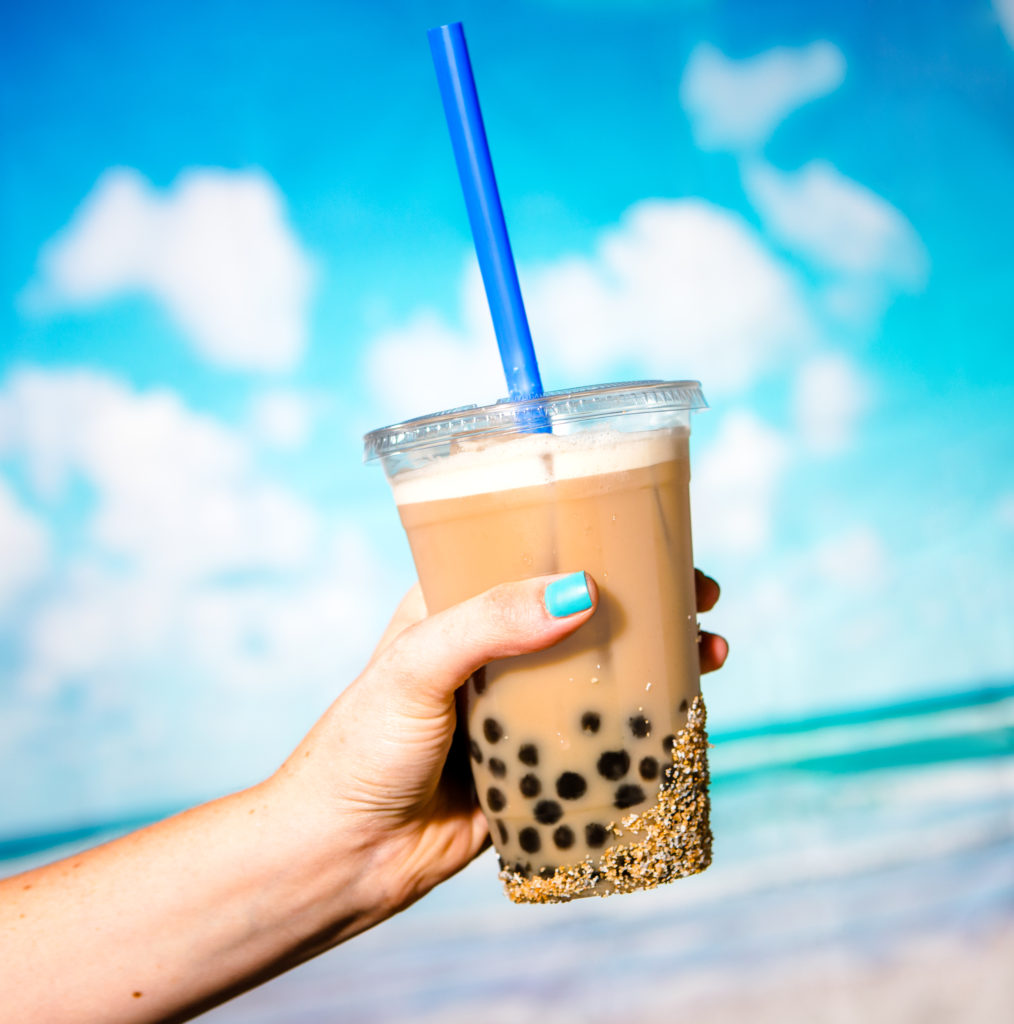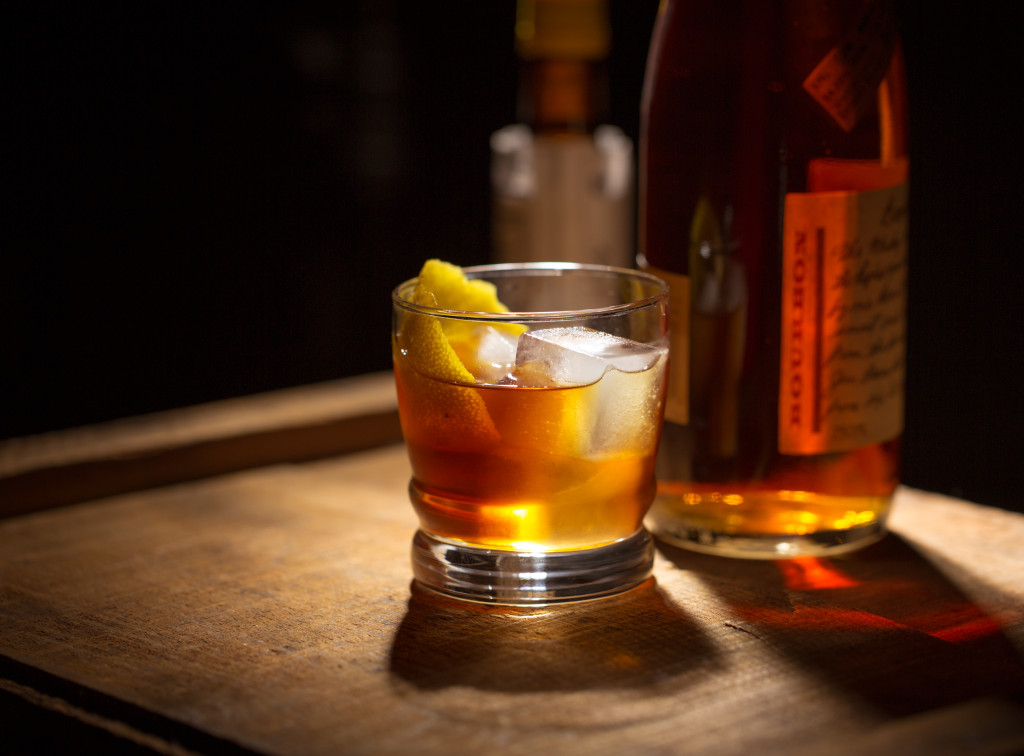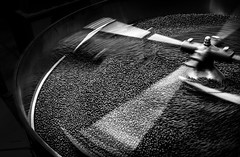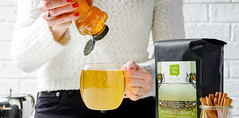Iced Chai Bubble Tea
Tuesday, August 2nd, 2016 by Andrew

Bubble tea, also known as boba, is a Taiwanese drink with many variations. The oldest version is sweetened iced tea with milk, shaken until frothy, sometimes poured over tapioca pearls. We decided to try this basic recipe with our Spiced Chai Black Tea, which is delicious sweetened with milk. Unlike store bought bubble tea, you can add as much or little sugar as you like, and any type of milk or creamer you prefer (coconut milk would be great). Have fun with this recipe and make it your own!
Supplies (per serving)
1/4 cup dried tapioca pearls (boba) for bubble tea, such as these
3 teaspoons of looseleaf chai tea
1 cup milk (or to taste)
Simple syrup (substitute agave nectar or honey if you prefer)
extra wide straw
cocktail shaker
Instructions
Make a strong cup of tea and let it cool. We used three teaspoons of loose leaf chai, brewed for about three and a half minutes. Cook your boba according to the instructions on the package. You can find tapioca pearls in different sizes and colors (even rainbow), all of which have a pretty neutral flavor, but the cooking time varies. Once the pearls are cooked and drained, submerge them in simple syrup and store in the fridge. When you’re ready to put it all together, add a scoop of the boba with syrup to the bottom of a glass. Add the milk, tea, and a splash of simple syrup to a cocktail shaker with a few ice cubes and shake well. Strain into your glass, add a fat straw, and enjoy!

Bubble tea, also known as boba, is a Taiwanese drink with many variations. The oldest version is sweetened iced tea with milk, shaken until frothy, sometimes poured over tapioca pearls. We decided to try this basic recipe with our Spiced Chai Black Tea, which is delicious sweetened with milk. Unlike store bought bubble tea, you can add as much or little sugar as you like, and any type of milk or creamer you prefer (coconut milk would be great). Have fun with this recipe and make it your own!
Supplies (per serving)
1/4 cup dried tapioca pearls (boba) for bubble tea, such as these
3 teaspoons of looseleaf chai tea
1 cup milk (or to taste)
Simple syrup (substitute agave nectar or honey if you prefer)
extra wide straw
cocktail shaker
Instructions
Make a strong cup of tea and let it cool. We used three teaspoons of loose leaf chai, brewed for about three and a half minutes. Cook your boba according to the instructions on the package. You can find tapioca pearls in different sizes and colors (even rainbow), all of which have a pretty neutral flavor, but the cooking time varies. Once the pearls are cooked and drained, submerge them in simple syrup and store in the fridge. When you’re ready to put it all together, add a scoop of the boba with syrup to the bottom of a glass. Add the milk, tea, and a splash of simple syrup to a cocktail shaker with a few ice cubes and shake well. Strain into your glass, add a fat straw, and enjoy!



















